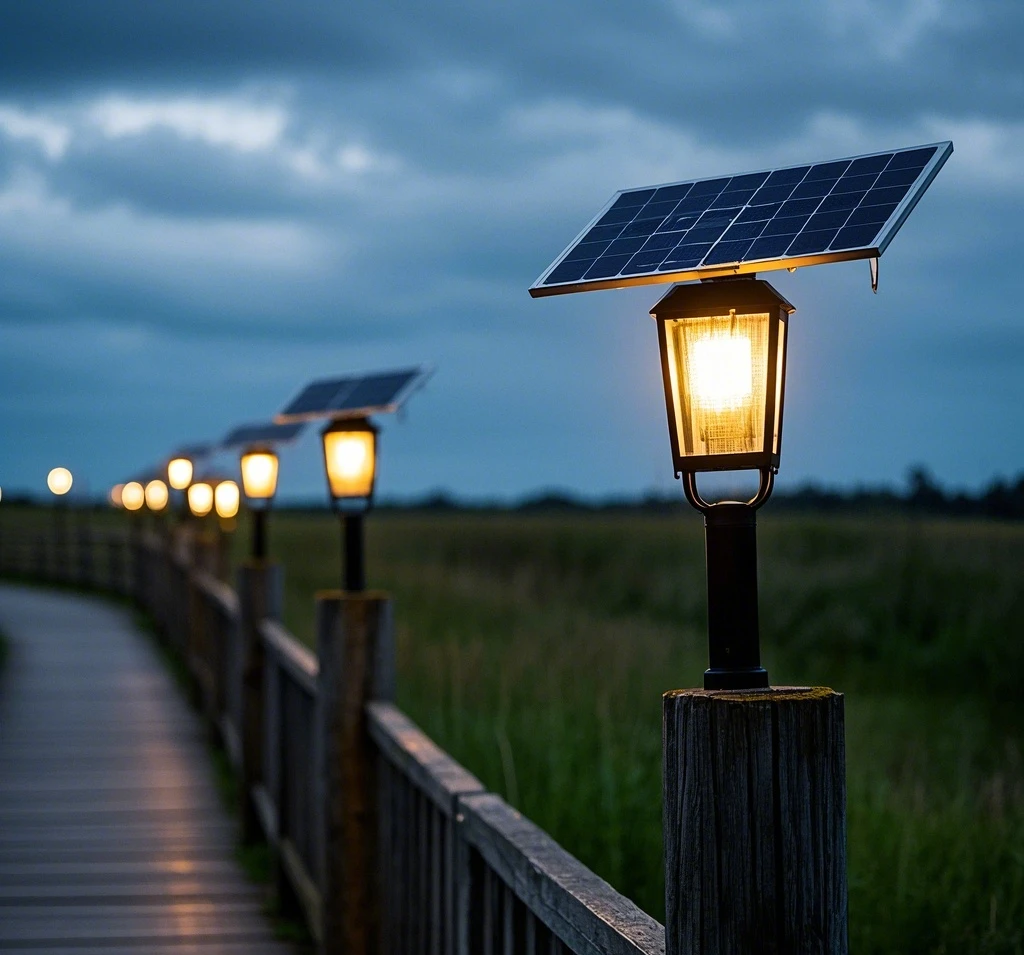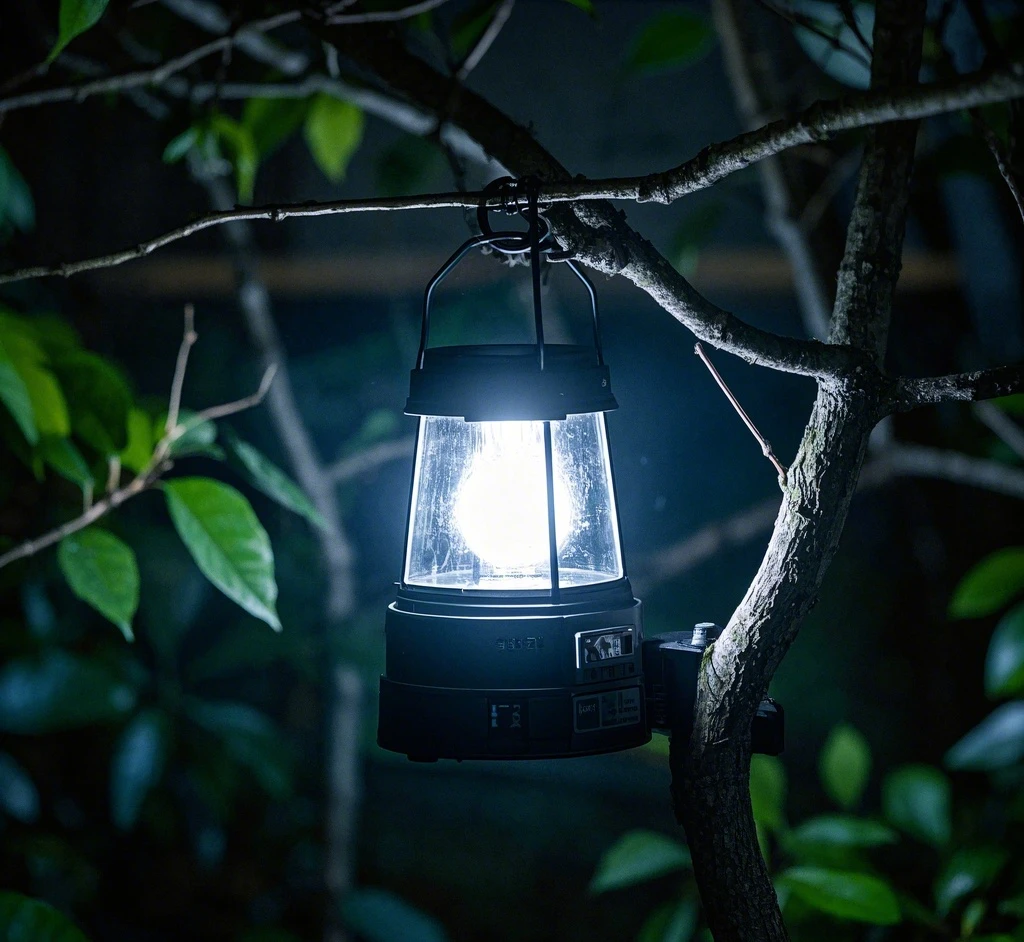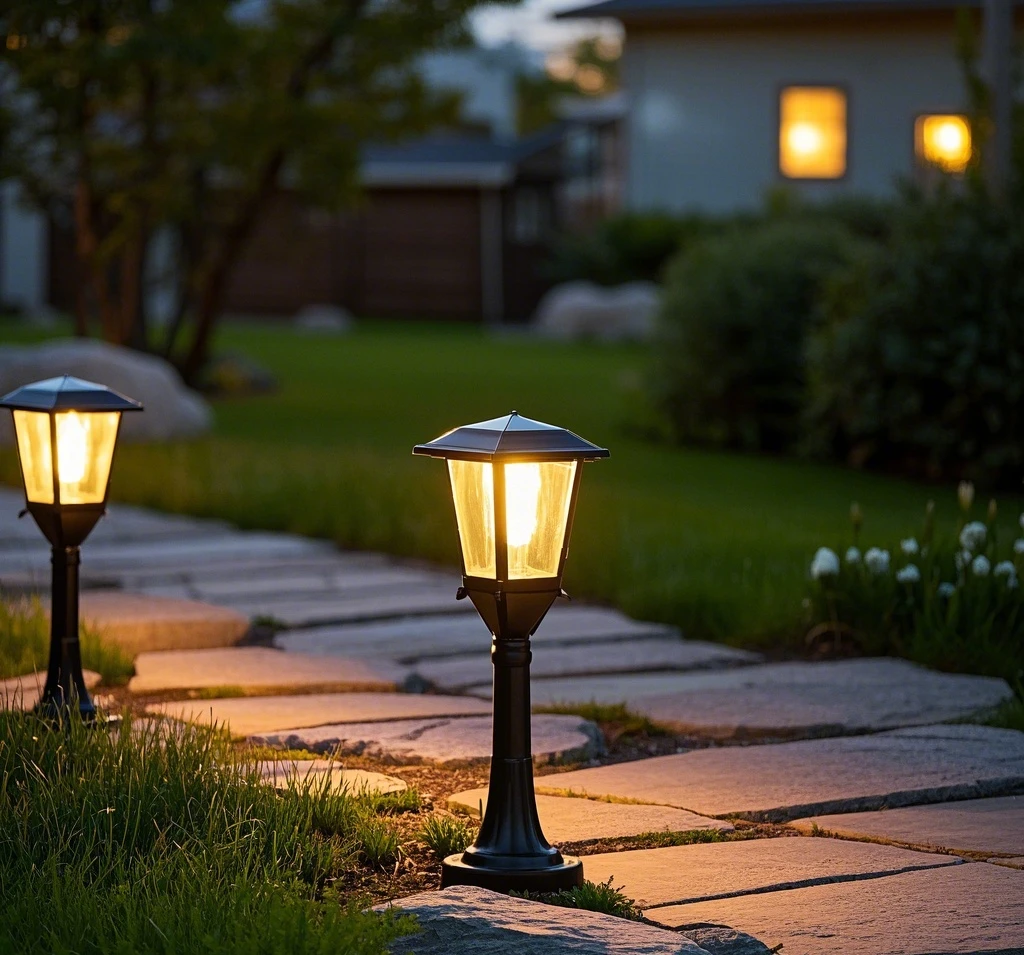Solar lights rely on sunlight to function. Users question whether direct sun proves essential for charging. This article examines the role of sunlight in solar light performance, focusing on panel efficiency, battery storage, and environmental factors. U.S. authoritative reports provide technical grounding for the analysis.

How Solar Lights Work
Solar lights convert sunlight into electricity via photovoltaic panels. Energy stores in batteries, powering LEDs at night. Panels require light to generate current. Direct sun, defined as unobstructed sunlight, delivers maximum intensity. Diffuse light, from clouds or shade, offers less. The U.S. Department of Energy (DOE) notes that output depends on light quality and duration.
Solar Panel Efficiency
Panels determine charging capacity. Monocrystalline types reach 15% to 22% efficiency, per National Renewable Energy Laboratory (NREL) data. Polycrystalline panels achieve 13% to 16%. Efficiency measures energy converted from sunlight. Direct sun at 1000 W/m² yields peak performance. Diffuse light drops to 200–500 W/m², reducing output.
Direct Sunlight Impact
A 2-watt monocrystalline panel in direct sun for 6 hours produces 0.33 to 0.44 watt-hours daily, per DOE calculations. This powers a 0.1-watt LED for 8 to 10 hours. NREL tests show direct exposure doubles energy capture versus shaded conditions. Manufacturers design for 6 to 8 hours of full sun.
Diffuse Light Performance
Clouds scatter sunlight, cutting intensity. NREL data indicates overcast skies reduce panel output by 50% to 80%. A 2-watt panel in diffuse light generates 0.06 to 0.15 watt-hours over 6 hours. This supports 1 to 3 hours of 0.1-watt LED runtime. Charging slows, not stops.
Shade Effects
Trees or buildings block direct rays. NREL studies show shaded panels receive 10% to 30% of full sun energy. A 2-watt panel in partial shade yields 0.03 to 0.09 watt-hours daily. Minimal charging occurs, often insufficient for all-night use. Placement matters.
Battery Storage Dynamics
Batteries store energy from panels. Capacity dictates runtime. Lithium-ion batteries, common in premium lights, hold 1 to 3 watt-hours (1000–3000 mAh at 3.7V). NiMH variants store 0.6 to 1.2 watt-hours (600–1200 mAh at 1.2V). DOE research shows full charges need direct sun in most designs.
Full Charge Requirements
A 1.85 Wh battery, typical in mid-tier lights, requires 0.2 to 0.3 watt-hours daily for a 0.1-watt LED over 8 hours. Direct sun meets this in 4 to 6 hours, per DOE estimates. Diffuse light extends charging to 10 to 12 hours, risking incomplete storage. Shade rarely suffices.
Partial Charge Outcomes
Low light limits energy. Consumer Reports’ 2020 solar light tests found partial charges from cloudy days power 2 to 4 hours at full brightness. Reduced output or shorter runtime results. Batteries discharge fully, needing multiple days to recover without direct sun.
Environmental Factors
Weather and location influence sunlight availability. Seasonal shifts and regional climates play roles.
Weather Variations
Rain and snow block rays. NREL data shows heavy clouds drop insolation to 100–200 W/m². Charging slows to 10% to 20% of direct sun levels. DOE notes waterproof lights (IP65) function, but energy intake falls. Clear days optimize performance.
Seasonal Changes
Winter shortens daylight. NREL maps indicate U.S. averages of 3 to 4 kWh/m²/day in northern states, 5 to 6 kWh/m²/day in southern ones. Direct sun hours drop to 4 to 6 in winter versus 8 to 10 in summer. Diffuse light dominates, challenging all-night operation.
Regional Differences
Southern U.S. enjoys higher insolation, per NREL. Arizona averages 6.5 kWh/m²/day, supporting charging in partial light. Minnesota, at 4 kWh/m²/day, leans on direct sun. Urban shade from buildings adds complexity. Location shapes needs.

Performance in Real-World Scenarios
Practical tests reveal outcomes. Direct sun proves optimal, not mandatory.
Direct Sun Conditions
Consumer Reports’ field tests show lights in full sun (6–8 hours) run 8 to 12 hours at 10 to 50 lumens. Bitpott’s 8-pack, rated for 12 hours, achieves this with 1.85 Wh batteries. DOE confirms direct exposure meets design specs for most models.
Indirect Light Conditions
Overcast tests yield mixed results. NREL experiments show 50% output cuts on cloudy days, powering 4 to 6 hours. Consumer Reports notes dimming or early shutoff in budget lights. Premium models with larger panels (5 watts) fare better, reaching 8 hours.
Shaded Areas
Lights under trees or awnings struggle. DOE data indicates 1 to 3-hour runtimes from 10% energy capture. Users report decorative lights glowing faintly. Relocation to open areas restores function.
Insights from U.S. Authoritative Reports
DOE’s “Energy Star” program assumes 6 hours of direct sun for certification. Lights average 8 to 10-hour runtimes. Diffuse light halves this, per tests. NREL’s solar maps detail U.S. insolation, showing direct sun boosts output 2 to 5 times over shade. Consumer Reports’ 2020 review found 70% of solar lights need full sun for rated performance. The Illuminating Engineering Society (IES) advises placement for maximum exposure. Data aligns with practical limits.
Optimizing Solar Light Placement
South-facing panels at 30 degrees capture peak rays, per NREL. Avoiding overhangs or foliage ensures light access. Adjustable mounts adapt to seasons. Cleaning panels every 6 months prevents 5% to 10% efficiency loss, per DOE.
Design Features Mitigating Low Light
Larger panels (5–10 watts) harvest more energy. High-capacity batteries (3000 mAh) store extra power. Efficient LEDs (150–200 lumens per watt) stretch runtime. Motion sensors conserve energy, per Energy Star guidelines. Advanced models perform in diffuse light.
User Expectations and Needs
Pathway lights need 10 to 40 lumens, per IES. Direct sun ensures this. Security lights (100+ lumens) demand full charging. Decorative users tolerate dimness from shade. Purpose dictates sunlight reliance.
Conclusion: Direct Sun’s Role in Solar Lights
Solar lights thrive with direct sun. A 2-watt panel in 6 hours of full sun powers 8 to 12 hours, per DOE. Diffuse light cuts output by 50% to 80%, per NREL, yielding 2 to 6 hours. Shade limits runtime to 1 to 3 hours. Consumer Reports confirms most need direct exposure for rated performance. Larger components offset low light. Placement and design influence results. Direct sun enhances, rather than defines, functionality.


Leave a Reply